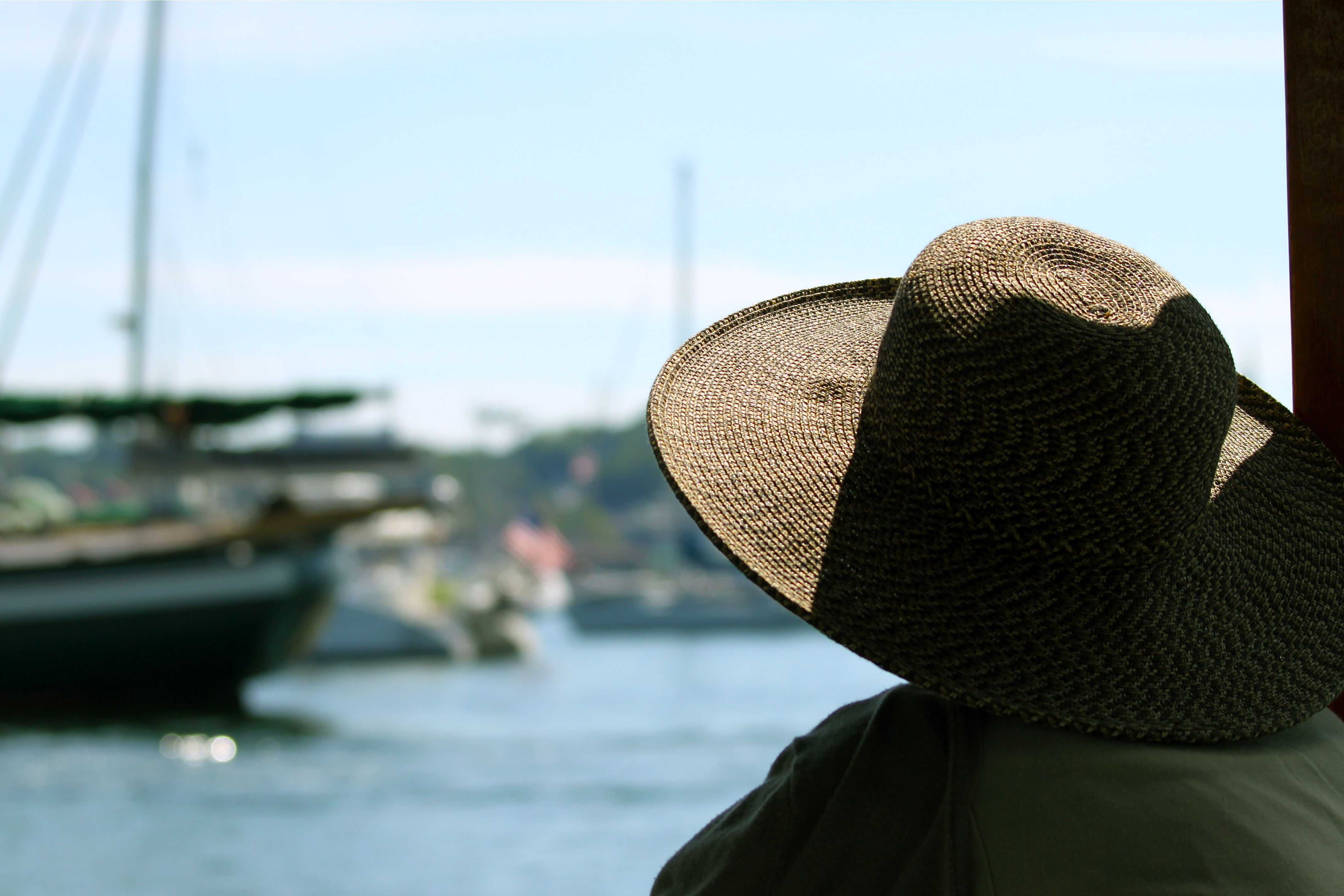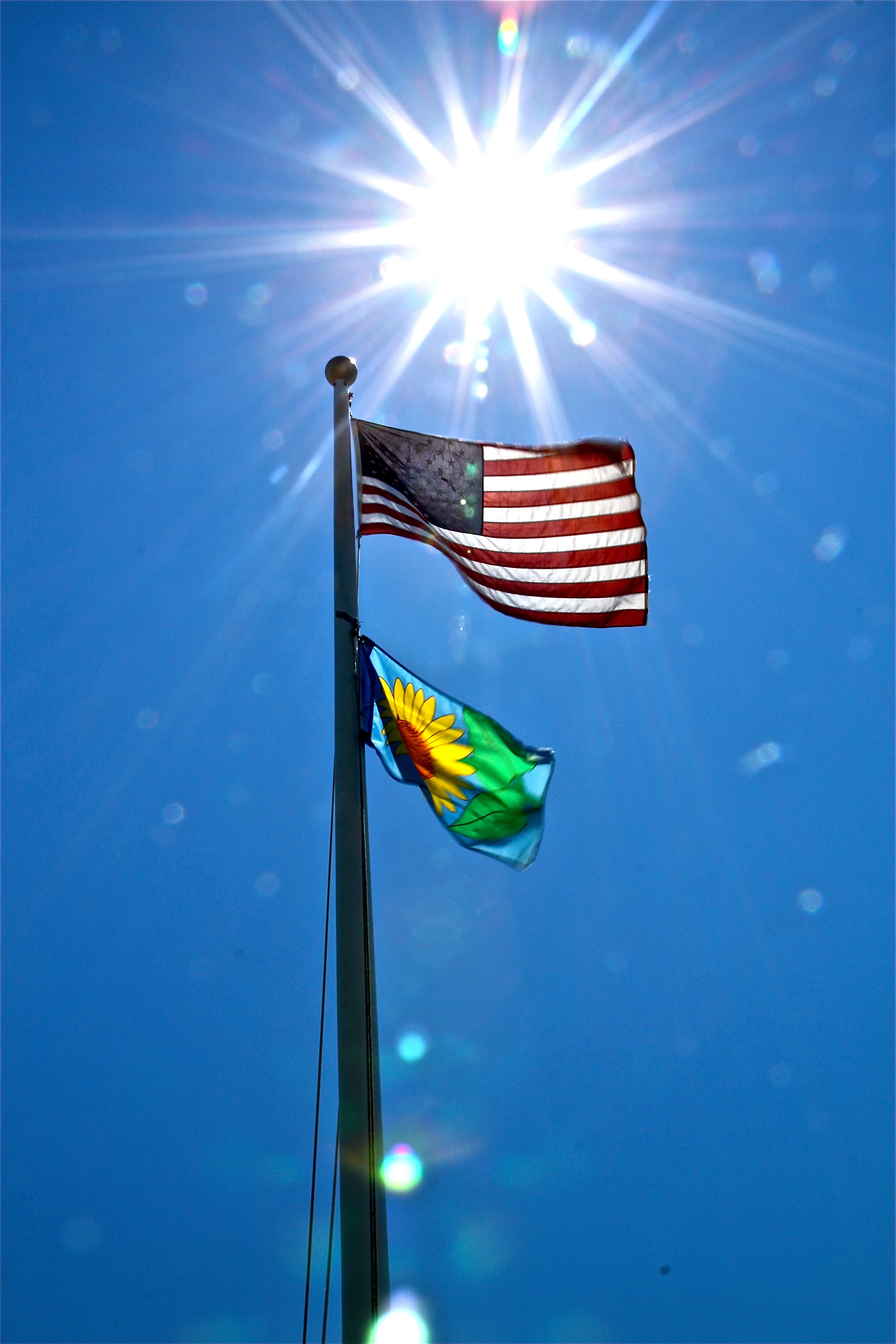“Ataxia” is derived from a Greek word meaning “lack of order”. Clinically, ataxia is a neurological symptom involving a lack of muscular coordination as a consequence of nervous system dysfunction.
Although it can be a non-specific symptom associated with many infections, injuries or conditions, for example, ataxia also describes a group of specific degenerative disorders of the nervous system – the hereditary and sporadic (non-hereditary) ataxias.
pp
It is estimated that 150,000 people in this country are affected by the hereditary or sporadic ataxias:
- Hereditary Ataxia: This form represents a group of inherited degenerative diseases of the spinal cord, cerebellum and sometimes other regions of the nervous system. It includes disorders such as Friedreich’s ataxia, and ataxia-telangiectasia syndrome.
- Sporadic Ataxia: This form of the condition arises spontaneously in individuals who have no known family history of ataxia.
pp
Age of Onset
The onset of ataxia and its symptoms can vary greatly from one case to the next, and even within the same family of affected patients. Recessively-inherited disorders, however, tend to mostly manifest first in childhood, whereas dominantly-inherited forms mostly become evident in adulthood. Some patients may not even begin to show symptoms until they are in their 60s.
pp
Some Common Symptoms
- Incoordination of hands, arms and legs
- Slurring of speech
- Imbalance (patients may walk with feet wide apart to help balance)
- Difficulty swallowing
- Progressive problems with activities requiring fine motor control, such as writing and eating
pp
Treatment
These degenerative conditions are chronic and progressive, and there is no definitive, effective drug therapy to treat the lack of coordination seen in these cases. Ancillary treatments such as physical therapy, speech therapy, occupational therapy, and emotional support are helpful adjuncts, however; and drug treatments may certainly be helpful for some of the symptoms, such as muscle jerking, sleep disturbance, and depression.
p
p
September 25th is International Ataxia Awareness Day each year, and September 18th 2011 brings the Walk N’ Roll For Ataxia in Auburn, MA. If you’re local & can volunteer for an hour or so on the day to help raise money for this rare condition, please visit the site for further information (or alternatively to see if there is a similar event in your state).
All proceeds will go to the National Ataxia Foundation, a nonprofit organization whose mission is to encourage and support research into hereditary ataxia.
p
p







Follow Me!